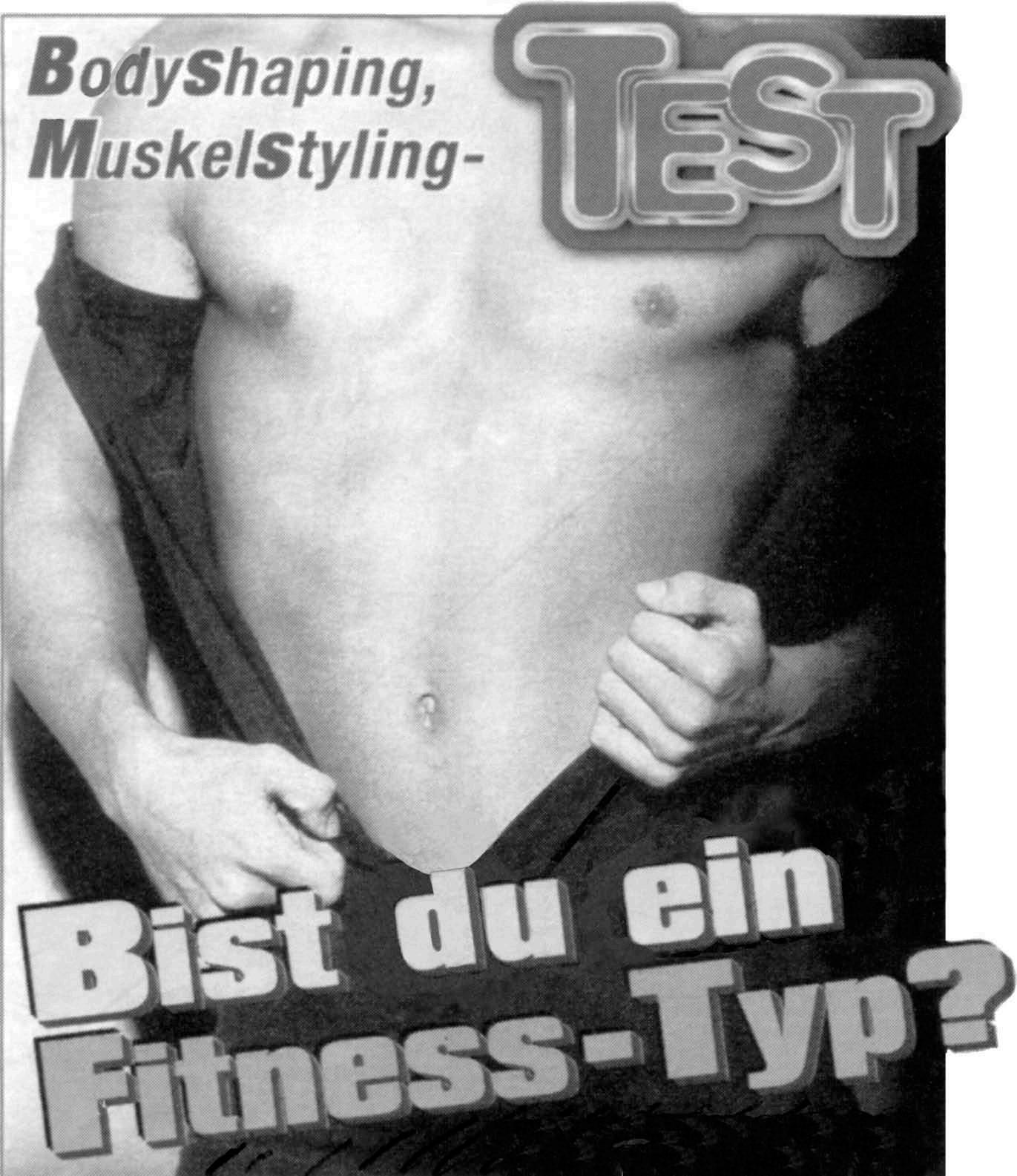20
Nouns
There is no reliable way of telling which noun will have which ending for the plural, and you should therefore:
always check the plural formation of a noun in your dictionary. The plural ending, with Umlaut indicated where applicable, is normally listed after the gender and the genitive case ending;
always learn a noun with its plural form – saying it aloud helps to make it stick! In practice, the gender and form of a noun can give helpful clues to its plural. These are shown in the table below, and sections 2.7–2.10 give you more details.
plural
masculine
feminine
neuter
no ending (–)
Those ending in -el, -en, -er
NONE
Those ending in -el, -en, -er, -chen, -lein
no ending, with Umlaut About 20 (¨– )
TWO: Mutter, Tochter
ONE: Kloster
Add -e (-e)
MOST
very rare Kenntnis -nisse
MOST
Add -e, with Umlaut (¨– e)
Many monosyllables that can have Umlaut
about 30
ONE: Floß
Add -er, with Umlaut if poss. (-er)/(¨– er)
About 12
NONE
Many monosyllables
Add -n or -en (-n)/(-en)
All in -e, and a few others, mainly animate beings
MOST
About 12
2.7 The plural of masculine nouns Most masculine nouns ending in -el, -en and -er form their plural without adding an ending or Umlaut: der Onkel – die Onkel der Haken – die Haken
der Bäcker – die Bäcker der Computer – die Computer
About twenty nouns ending in -el, -en and -er add Umlaut in the plural, but no ending: der Apfel der Mantel der Vogel der Garten
– – – –
die Äpfel die Mäntel die Vögel die Gärten
der Laden der Bruder der Hammer der Vater
– – – –
die Läden die Brüder die Hämmer die Väter










